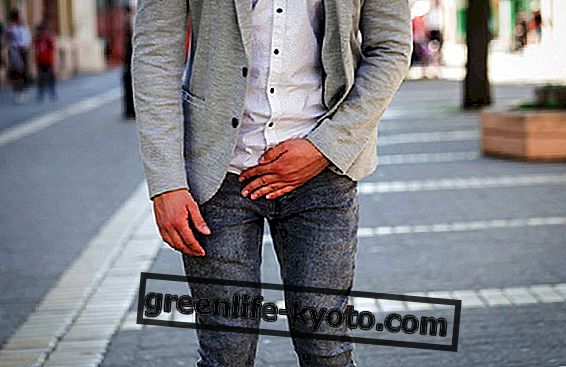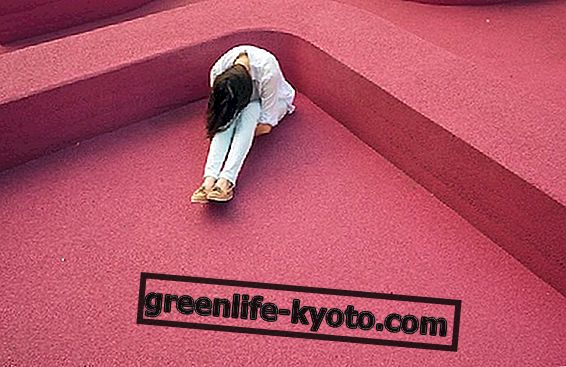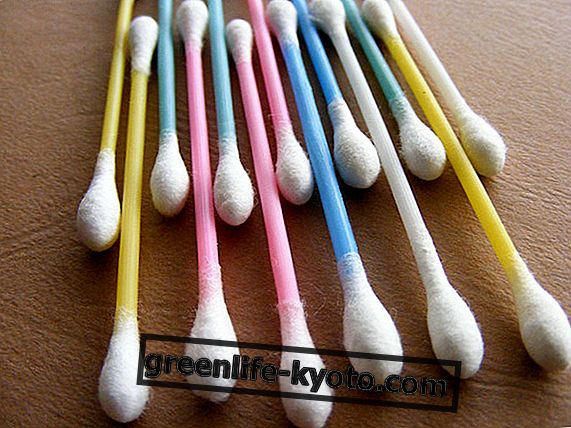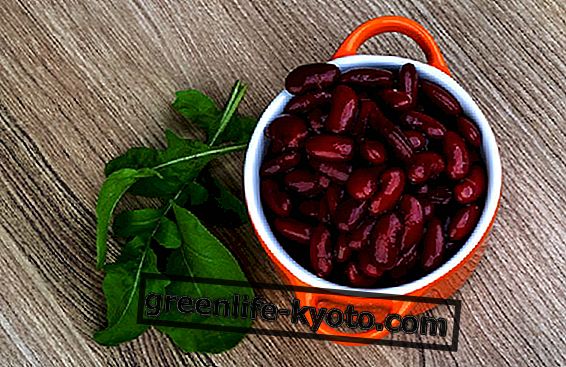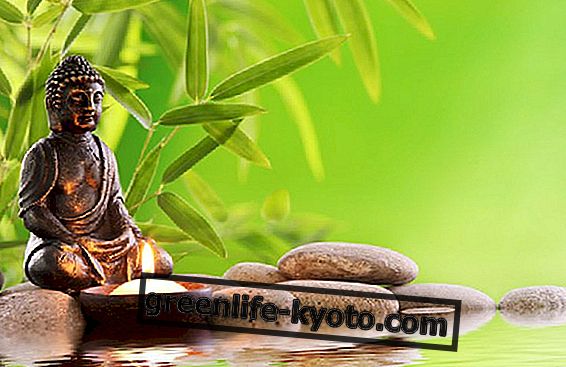
Astragalus, a name we find declined in other areas, in addition to the herbalist one: the bony portion in the tibio-tarsal articulation, but also an architectural element present between the apex of the column and the capital; support structures !
Astragalus, a root of support
The part used is precisely the root, rich in saponins, flavonoids, such as quercetin, polysaccharides and coumarins.
The main activities attributable to astragalus are those of:
> I mmunostimolante, in fact increases the production of natural-killer cells, interleukin-2 and interferon.
> Tonic-adaptogen, it supports our body in conditions of overwork, stress and fatigue / asthenia, during a convalescence, after a treatment based on antibiotics. It helps to rebalance the rhythms of sleep and wake and to activate a regenerating rest.
> Antioxidant, supports longevity and cellular metabolism with an anti-aging action.
> Hepatoprotective, in case of diseases it protects the liver from cellular degeneration and thanks to the immunostimulant action it helps regeneration.
> Adjuvant in chemo and radiotherapy treatments: astragalus counteracts myelosuppression from chemotherapy and promotes hematopoiesis.
Astragalus is therefore indicated for the prevention of colds, and bacterial and viral infections, supports immunosuppressed chemotherapy and radiotherapy, in the case of chronic hepatitis, prevents senescence, and is an excellent remedy for chronic fatigue syndrome .
Traditional Chinese Medicine counts astragalus as an IQ stimulant (Spleen, Lungs and Kidneys), to regulate energy flows and support the body when the demand is greater.
Also read Astragalus, a natural defense of the organs >>
Astragalus, use
Astragalus can be taken in decoction . 3 g of dried root are boiled in 150 ml of water for 10 minutes. We leave another 10 minutes of infusion and then filter. We can drink 3 cups a day.
Astragalus, the interactions
No contraindications or interactions with drugs have been recorded, but for the precautionary principle it is not recommended to take them in case of treatment with immunosuppressants, because it could reduce their effectiveness.
